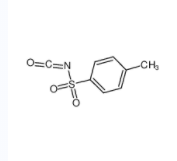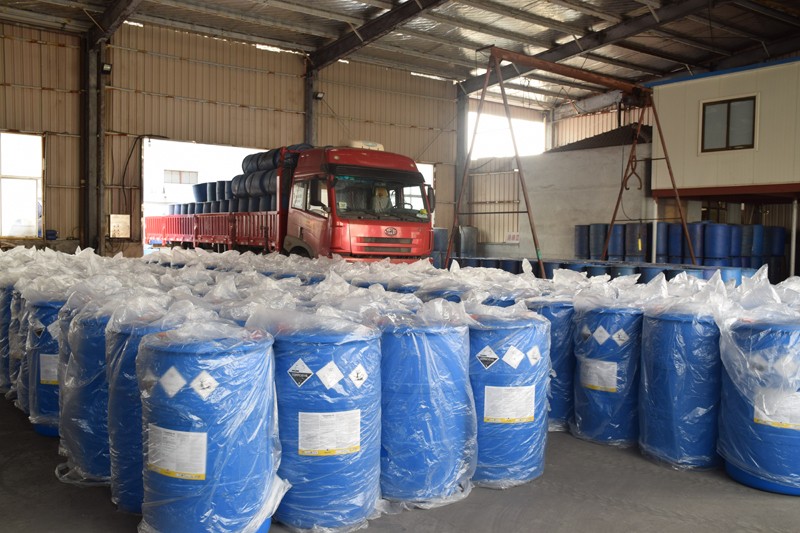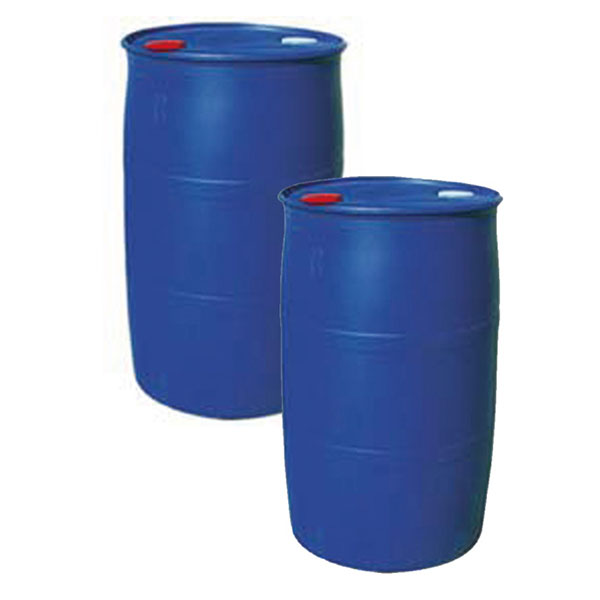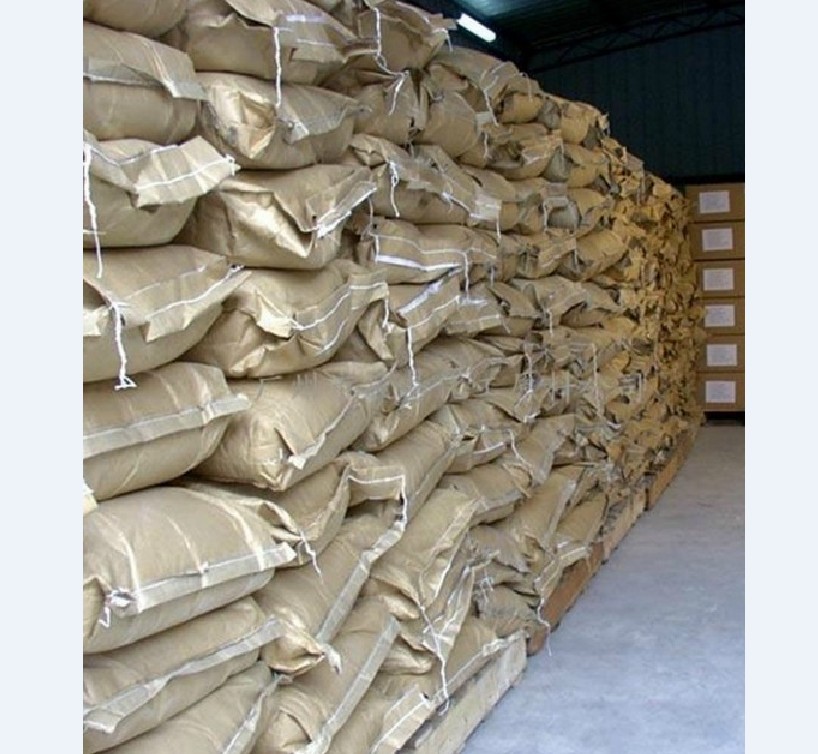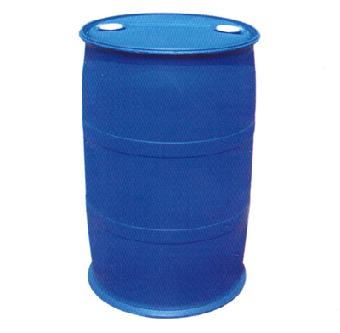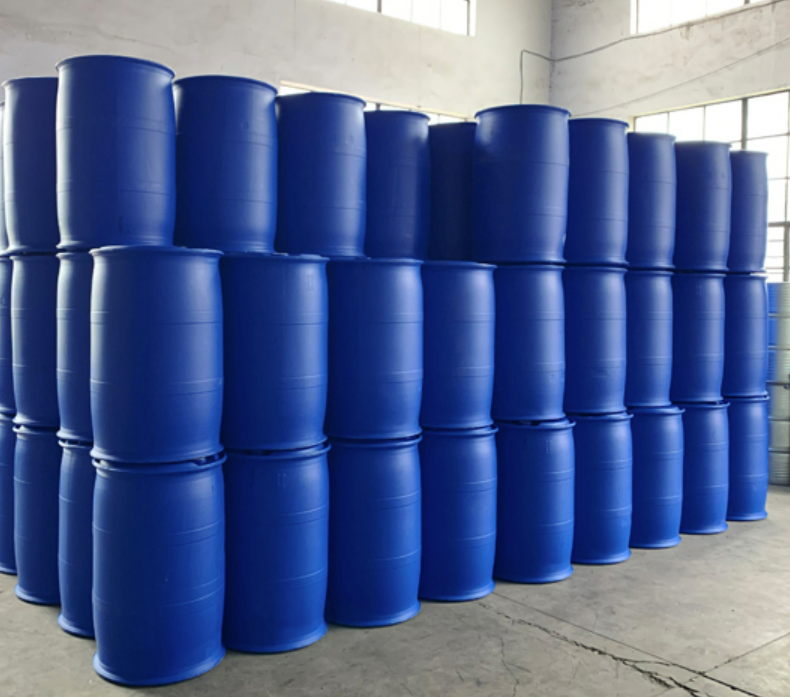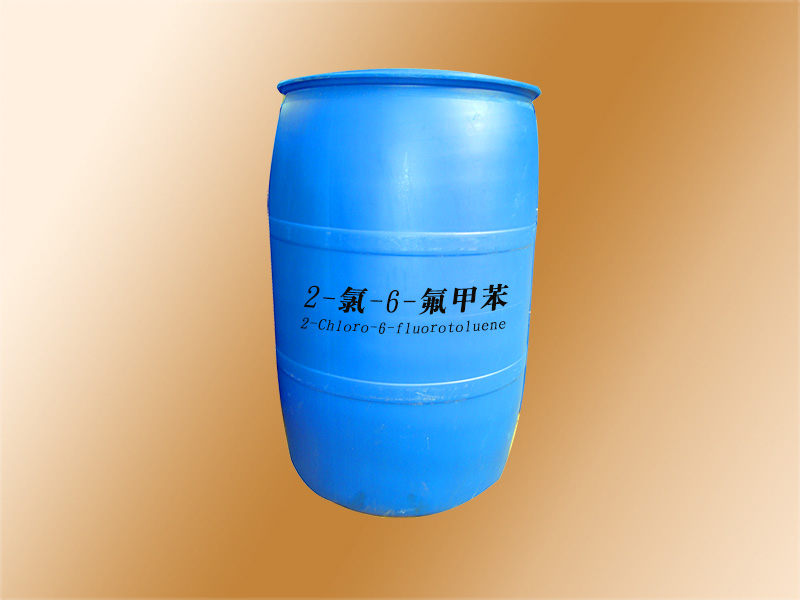CAS:4083-64-1
Molecular Formula:C8H7NO3S
Alias
More Information
P-Toluenesulfonyl Isocyanate; 4-Methylbenzenesulfonyl Isocyanate; P-Toluenesulphonyl Isocyanate; Benzenesulfonyl Isocyanate, 4-Methyl-; 4-Methyl-N-(Oxomethylidene)Benzenesulfonamide; P-Tolylsulfonyl Isocyanate; P-Toluenesulfonic Acid, Anhydride With Isocyanic Acid; Unii-H9004Fjx6V; P-Toluene Sulfonyl Isocyanate; P-Toluenesulfonylisocyanate; (4-Methylphenyl)Sulfonylisocyanate; 4-Methylbenzene-1-Sulphonyl Isocyanate; Tosylisocyanate; Ptsi; Tosnco; P-Tosyl Isocyanate
Brief Introduction
This product is mainly used as an intermediate in the synthesis of medicine or pesticide, and can be used in the synthesis of doxazosin. Doxazosin is a α 1 selectivity α A blocker that inhibits norepinephrine from interacting with the membrane of vascular smooth muscle cells α- 1 receptor binding. The main effect of this inhibition is to relax the tension of vascular smooth muscle (vasodilation), which reduces peripheral vascular resistance and leads to lower blood pressure. * it is used clinically to treat hypertension and urinary retention associated with benign prostatic hyperplasia.
Suppliers
View More Vendors (2) >
Alias
More Information
Aminocarbonitrile; Hydrogen Cyanamide; Cyano-Amine; 2-Cyanomide; Cyanamide,Stabilized; Carbamonitrile; Carbodiamide; Amino-Cyanide; Cyanamid; Alzogur; N-Cyanoamine; Hydrogencyanamid; Carbodiimide
Brief Introduction
Cyanamide is mainly used for the production of cytidine hydrochloride, dye intermediate 3-amino-5-hydroxy-1,2,4-triazole, cyanuronamide, cyanamide, cyanamide, cyanamide, cyanurimide, thiourea, carbendazim, etc; It is also the raw material for the preparation of organic guanidine, and then produces barbituric acid, sulfonamide medicine, guanidine salt, etc; In medicine, it can also be used to produce fluorouracil, an anti-cancer drug; Cyanamide calcium salt is used in alcohol poisoning and has the effect of insect repellency. Cyanamide can be used as raw materials for chemical pesticides without residue, low toxicity and broad-spectrum, and also can be used to produce fungicides such as carbendazim, Benazolin, methylazoxyamine, azoxyamine, insecticide against aphimethacin, pyrimidinol, herbicides such as Chlorsulfuron, methasulfuron, methasulfuron, ether benzenesulfuron, benzyl Sulfuron, pyrazosulfuron and cyclozine. It is of great significance to the technical innovation of pesticide production, which can solve the environmental pollution problems that are difficult to solve when the general pesticide manufacturers buy lime nitrogen to produce pesticides, turn to buy cyanamide to produce pesticides, save equipment investment and reduce production cost. In addition, cyanamide can also be used to produce o-methyl-isourea, creatine, guanidine phosphate flame retardant, etc. at the same time, as a flame retardant with excellent performance, monocyanamide polyol or polyether solution can be used to produce polyurethane, which can obviously improve the flame retardant performance of polyurethane materials, and is a new fine chemical new material.
Suppliers
View More Vendors (2) >
CAS:4282-31-9
Molecular Formula:C6H4O4S
Alias
More Information
Thiophene-2,5-Dicarboxylic Acid; Thiophene-2,5-Dicarboxyl Acid; 2,5-Dicarboxythiophene; 2,5--Thiophenedicarboxylic Acid
Brief Introduction
It is mainly used in the whitening of synthetic fiber, EVA, PVC, plastic and rubber. It can be used in the whitening of plastic film, compression molding materials and injection molding materials.
Suppliers
View More Vendors (2) >
CAS:4300-97-4
Molecular Formula:C5H8Cl2O
Alias
More Information
3-Chloro-2,2-Dimethylpropionyl Chloride; Propanoyl Chloride, 3-Chloro-2,2-Dimethyl-; 3-Chloropivaloyl Chloride; 3-Chloro-2,2-Dimethylpropanoyl Chloride
Brief Introduction
It is used in the production of Guangmieling and the synthesis of advanced polyester compounds and drugs.
Suppliers
View More Vendors (2) >
CAS:443-83-4
Molecular Formula:C7H6ClF
Alias
More Information
6-Chloro-2-Fluorotoluene; 2-Chloro-6-Fluorotol; 1-Chloro-3-Fluoro-2-Methyl-Benzene; 6-Fluoro-2-Chlorotoluene; 2-Fluoro-6-Chlorotoluene; 2-Chlor-6-Fluortoluol; 1-Chloro-3-Fluoro-2-Methylbenzene; Benzene, 1-Chloro-3-Fluoro-2-Methyl-; Chlorofluorotoluene3; 2-Chloro-6-Fluoro-Toluene
Brief Introduction
This product is mainly used as raw material for the synthesis of pharmaceutical antibiotics, pesticides, plant growth regulation and other technical drugs, as well as the basic raw material for the synthesis of many special chemicals.
Suppliers
View More Vendors (2) >
Inquiry (
10
/ 10
)
Clear All
Sign In
Error!

